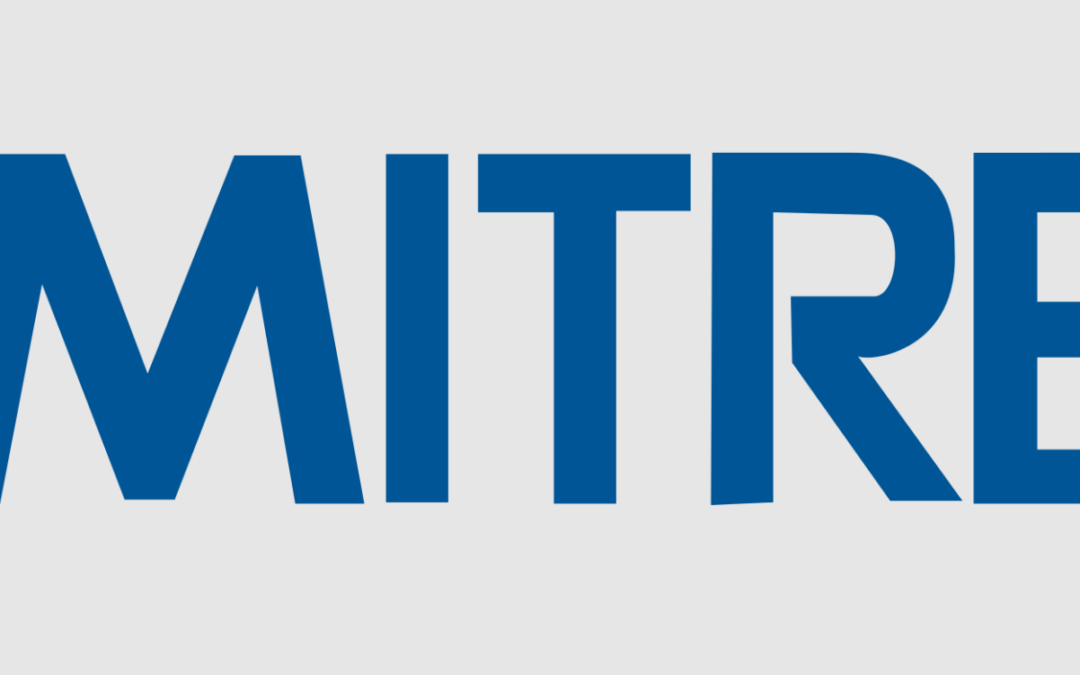MITRE ATLAS (Adversarial Threat Landscape for Artificial-Intelligence Systems) is a critical resource for anyone involved in the development, deployment, or security of artificial intelligence (AI) systems. It provides a detailed knowledge base of tactics, techniques, and case studies used by adversaries to attack AI systems. In this guide, we’ll explore MITRE ATLAS, why it’s important, how it functions, and its wide-ranging applications in AI and large language model (LLM) security.
The Importance of MITRE ATLAS
- Understanding and Protecting AI Systems: As AI systems continue to play an increased role in decision-making and data analysis, ensuring their security against attacks becomes paramount. MITRE ATLAS provides a comprehensive framework for understanding vulnerabilities in AI systems, aiding in preventing attacks and safeguarding sensitive data.
- Regulatory Compliance: With regulations like the General Data Protection Regulation (GDPR) mandating appropriate data security measures, MITRE ATLAS is an invaluable tool. It facilitates the identification of AI security risks, ensuring compliance and avoiding potential penalties.
How MITRE ATLAS Works
- A Structured Knowledge Base: At its core, MITRE ATLAS is a vast repository of adversarial tactics, techniques, and documented case studies specifically focused on AI systems. This knowledge base gives security professionals deep insights into how attackers target AI.
- The ATT&CK for AI Framework: MITRE ATLAS employs the Adversarial Tactics, Techniques, and Common Knowledge (ATT&CK) for AI framework. This framework offers a standardized language and methodology to describe and categorize adversarial techniques. This structured approach allows organizations to pinpoint potential vulnerabilities within their own AI systems more effectively.
Applications of MITRE ATLAS in AI and LLM Security
- Proactive Threat Detection: MITRE ATLAS empowers organizations to understand potential weaknesses in their AI systems before they can be exploited. This proactive approach is crucial for staying ahead of attackers.
- Ensuring Compliance: By mapping AI security risks to the requirements of regulations like the GDPR, MITRE ATLAS helps organizations verify that their systems align with regulations.
- Informed Risk Management: Understanding the unique threats facing AI systems, as documented in MITRE ATLAS, allows organizations to make intelligent decisions to mitigate those risks effectively.
Best Practices for Using MITRE ATLAS
To get the most out of MITRE ATLAS, consider these practices:
- Define Threat Scenarios: Before using MITRE ATLAS, outline the potential threats your AI system faces, as well as the likely motivations and capabilities of potential attackers.
- Use Realistic Data: When simulating attacks, ensure the data you use is as close to real-world data as possible. This will increase the accuracy and relevance of your testing.
- Test Regularly: Security is an ongoing process. Leverage MITRE ATLAS frequently to adapt your security as your AI system updates and new threats appear.
- Involve Security Experts: For optimal results, security experts well-versed in AI attack techniques and security best practices should guide the use of MITRE ATLAS

